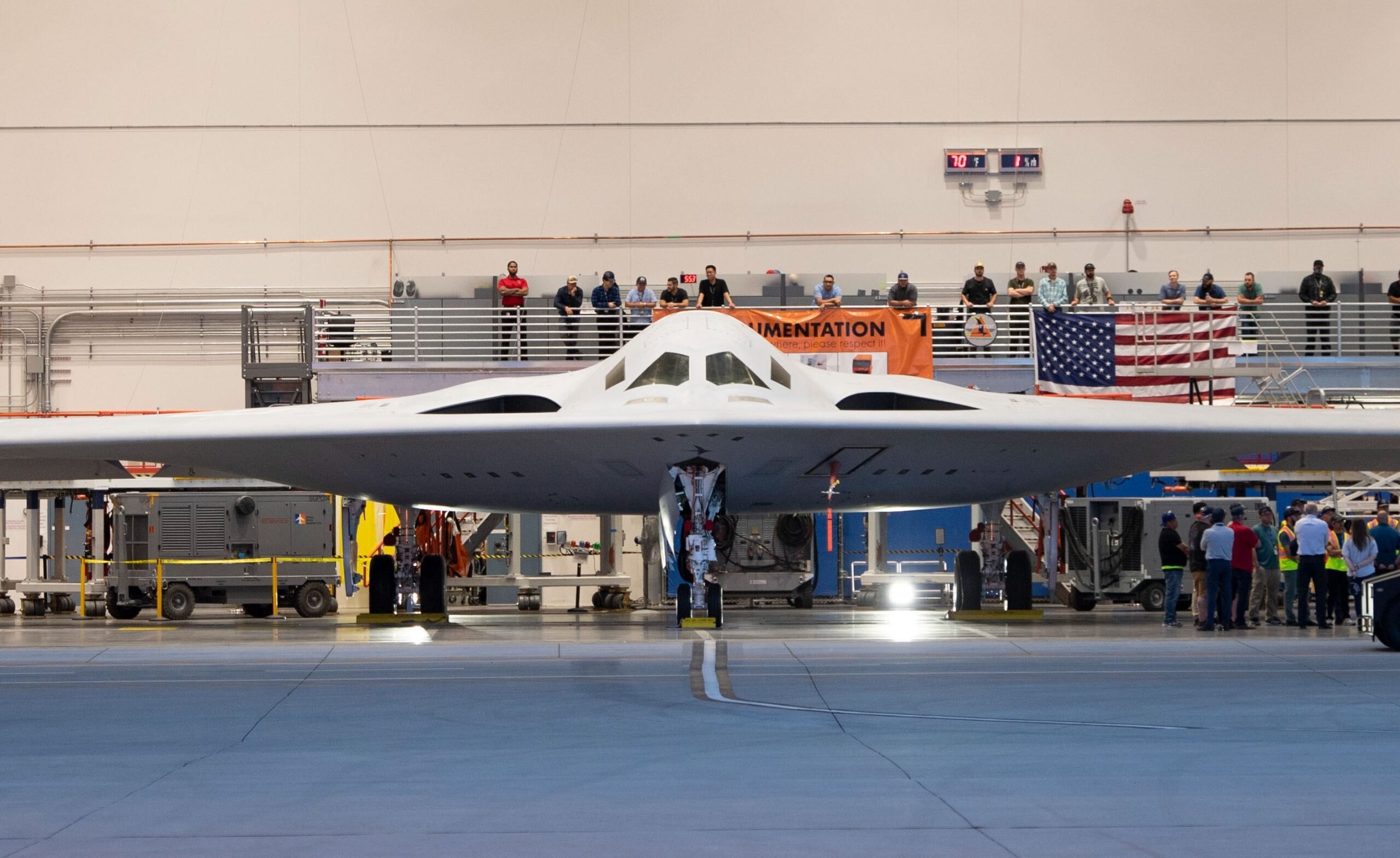
The U.S. Air Force’s new B-21 Raider stealth bomber has entered low-rate initial production (LRIP), according to a statement by the Undersecretary of Defense for Acquisition and Sustainment, Dr. William LaPlante.
LaPlante’s statement highlighted the progression of the B-21 Raider, a next-generation stealth bomber, into the production phase. “Production of the B-21 ‘Raider’ stealth bomber is moving forward,” LaPlante noted. The decision to commence LRIP was based on the promising results of ground and flight tests and manufacturing plans.
Despite the announcement of the B-21 Raider entering low-rate initial production, William LaPlante did not disclose the value of the contract awarded to Northrop Grumman and how many Raiders it covers.
The Air Force has described the B-21 Raider as a dual-capable penetrating strike stealth bomber, adept at delivering both conventional and nuclear munitions. The Raider is poised to form the backbone of the future Air Force bomber force, which will comprise B-21s and B-52s. Its design is tailored to operate effectively in high-threat environments expected in the future, playing a crucial role in maintaining America’s airpower dominance.
In addition to its primary bombing capabilities, the B-21 Raider will be integral to a broader set of systems for conventional Long Range Strike operations. This includes roles in Intelligence, Surveillance and Reconnaissance, electronic attack, communication, and other capabilities. The aircraft is designed for both manned and unmanned operations and is capable of employing a wide range of munitions, from stand-off to direct-attack.
A notable feature of the B-21 is its open systems architecture, which aims to mitigate integration risks and facilitate competition in future modernization efforts. This design approach allows the aircraft to adapt and evolve in response to changes in the global threat landscape.